Compartment Syndrome 6 Ps
Compartment syndrome 6 ps. This term which refers to a body part that regulates its temperature with surrounding areas is an important one. Compartment syndrome is a condition that occurs when injury causes generalized painful swelling and increased pressure within a compartment to the point that blood cannot supply the muscles and nerves with oxygen and nutrients. This is most commonly referred to as compartment syndrome with sub-categories of.
1 Pain 2 Poikilothermia 3 Paresthesia 4 Paralysis 5 Pulselessness and 6 Pallor. Should you discover any abnormal symptoms that suggest a serious problem report them to a doctor immediately. Compartment syndrome can limit the flow of blood oxygen and nutrients to muscles and nerves.
Usually not a. Acute compartment syndrome is classically described clinically with the 6 Ps. Compartment syndrome can be identified through neurovascular assessment in patients following extreme trauma.
Core Knowledge Points Possible Diagnosis Although the published signs and symptoms of compartment syndrome include the 6 Ps. The 6 Ps are. All compartments must be measured.
However suspicion of compartment syndrome can be confirmed by measurement of intracompartmental pressures. The six Ps include. Pain pain pain pain pain and pain.
Severe extremity pain out of proportion to injury This is the only consistent finding in Compartment Syndrome Paresthesia s or Anesthesia to light touch Mnemonic. If blood leaks into the compartment or the compartment is compressed this can cause a decrease in neurovascular integrity distal to the compressing agent or injury. The pressure is painful and can be dangerous.
The earliest indicator of developing ACS is severe pain. Pain paresthesia paresis pallor pulselessness poikilothermia the latter three are.
All compartments must be measured.
If you notice a limb that feels cooler than surrounding areas the patient may have compartment syndrome. If you notice a limb that feels cooler than surrounding areas the patient may have compartment syndrome. Pain paresthesia paresis pallor pulselessness poikilothermia the latter three are. 5 rows Mnemonic. 1 Pain 2 Poikilothermia 3 Paresthesia 4 Paralysis 5 Pulselessness and 6 Pallor. 6 Ps by Hargens and Mubarak Pain may be absent in cases of nerve damage. Clinical examination along with judgment is the gold standard for diagnosis. Muscles in the forearm lower leg and other body areas are surrounded by fibrous bands of tissues. Chronic compartment syndrome.
If you notice a limb that feels cooler than surrounding areas the patient may have compartment syndrome. The 6 Ps are. The earliest indicator of developing ACS is severe pain. Acute compartment syndrome is classically described clinically with the 6 Ps. The pressure is painful and can be dangerous. 5 rows Mnemonic. In this podcast episode well talk through the six Ps of compartment syndrome how we assess patients and what the emergency treatment is for this serious condition.
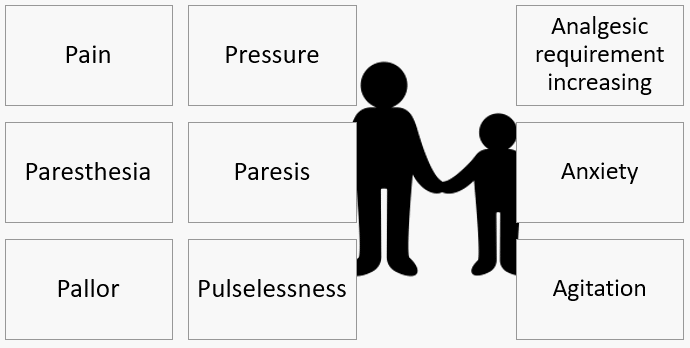





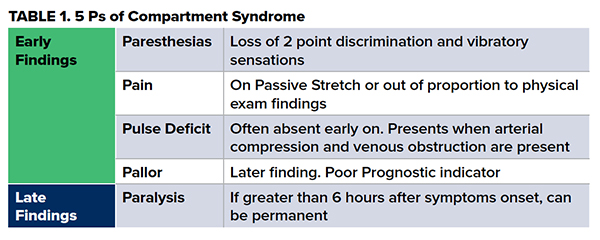

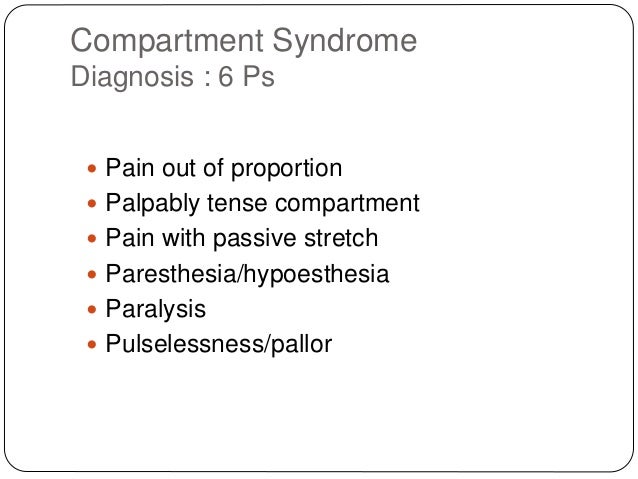
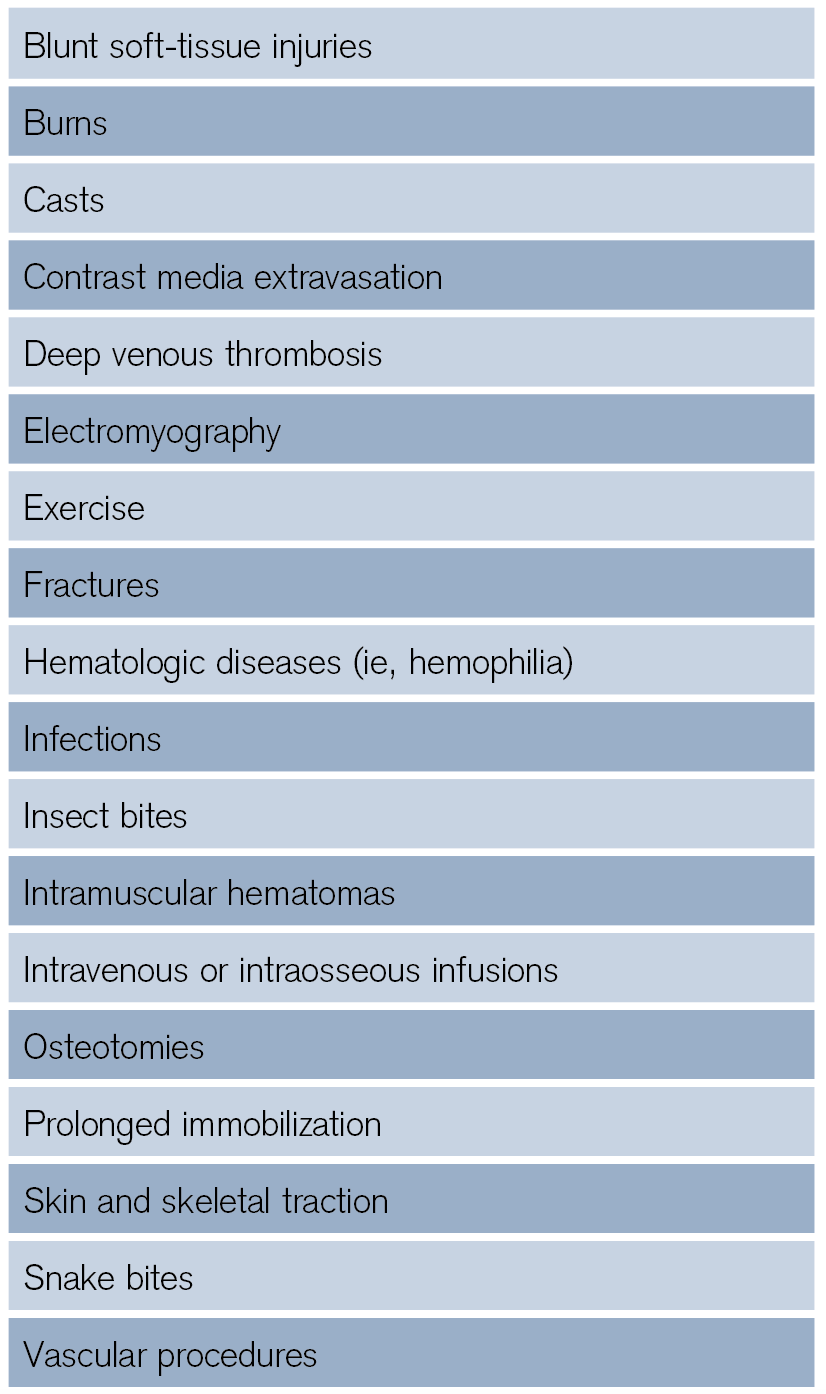




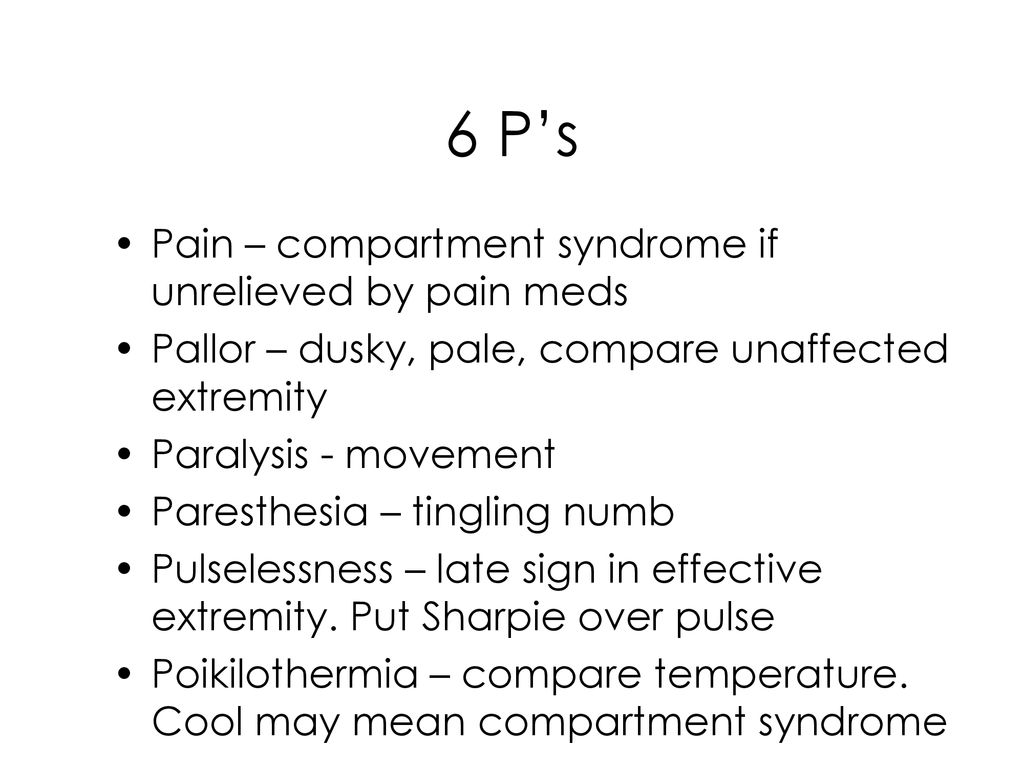







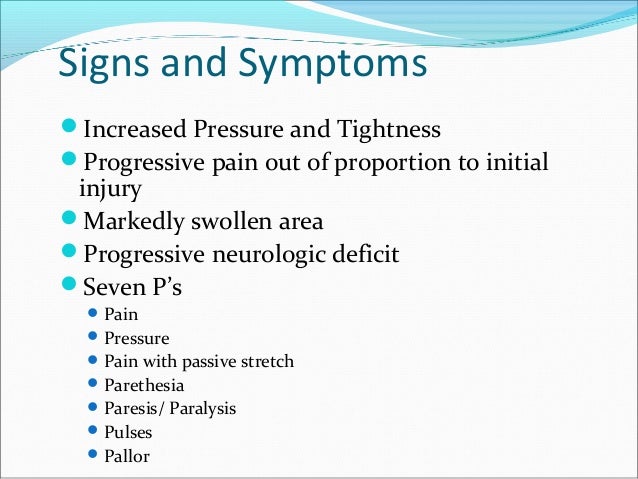

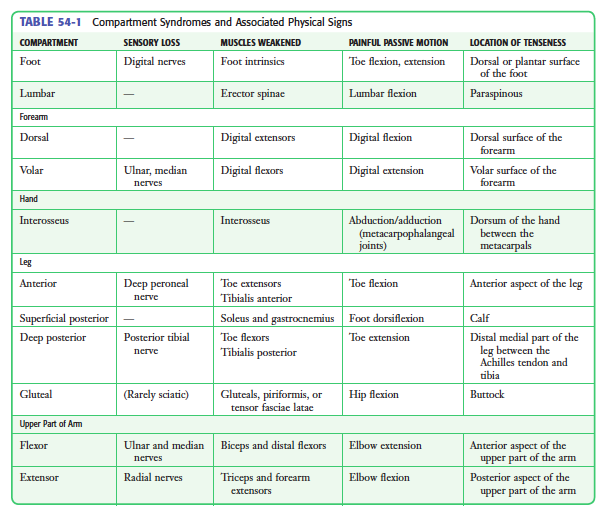


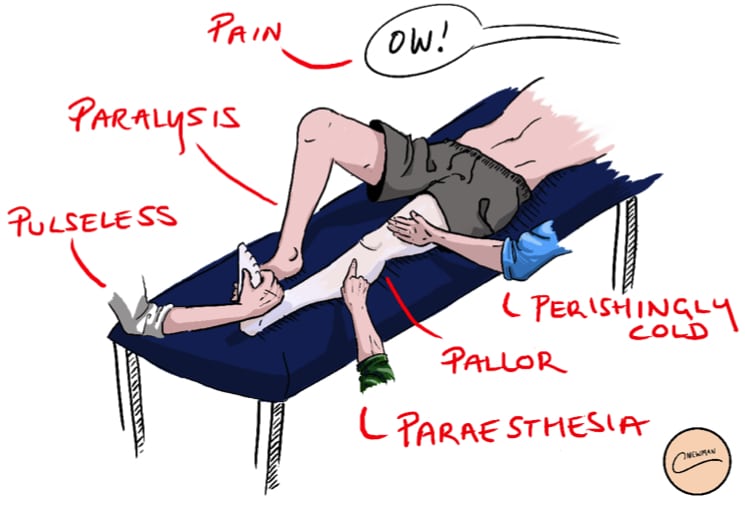

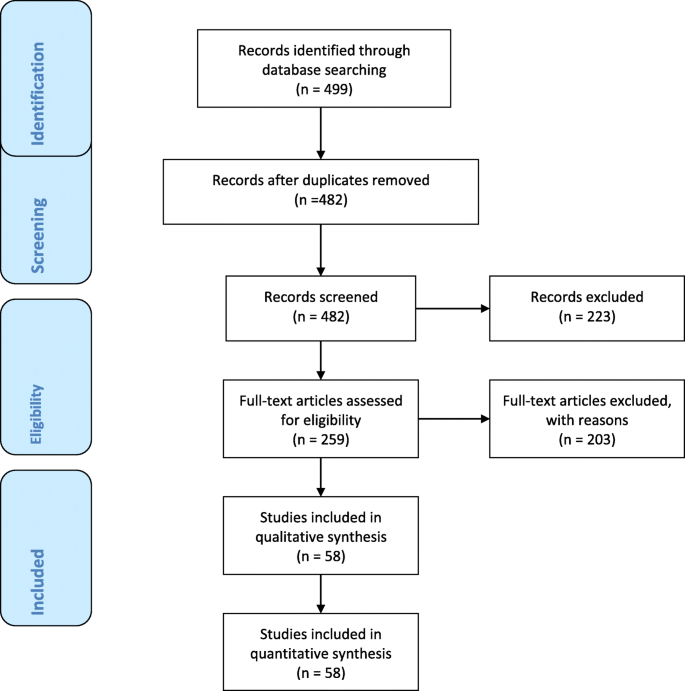



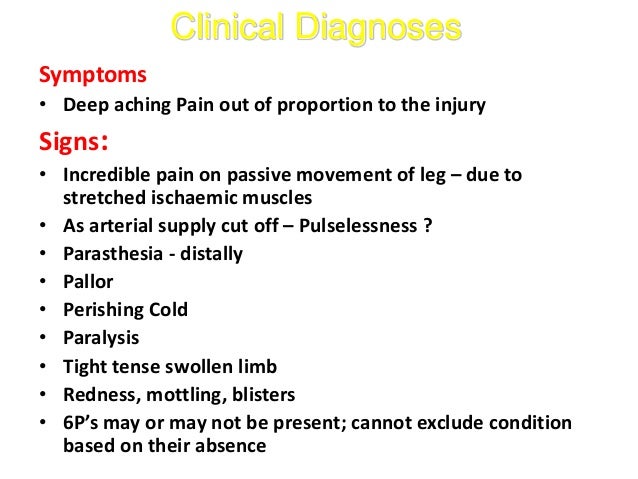


Posting Komentar untuk "Compartment Syndrome 6 Ps"